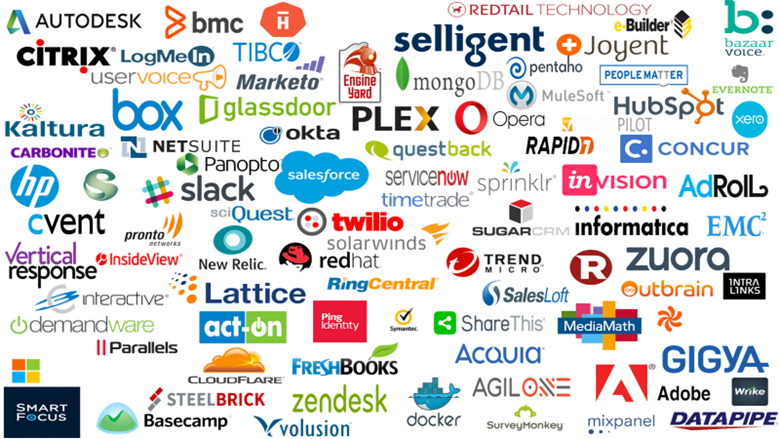
Beyond Microsoft and Okta: 11 Leading SSO Vendors You Shouldn’t Overlook
In the world of enterprise IT, the conversation around Single Sign-On (SSO) solutions often gets monopolized by heavyweights like Microsoft and Okta. However, there are a number of other formidable players, each bringing unique strengths and innovations to the table. Here’s a preview of 11 other SSO vendors beyond the usual suspects, spotlighting their unique capabilities and how they might be a better fit for your enterprise identity management needs.




